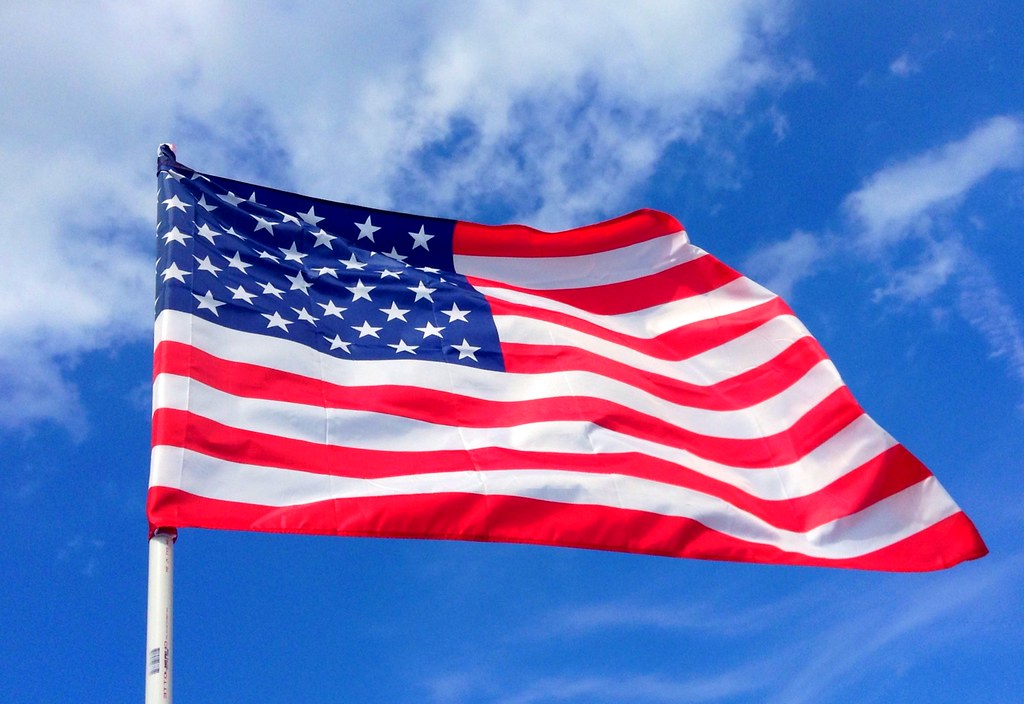Key takeaways:
- The U.S. Commerce Department introduced fresh export limits on advanced AI chips.
- The rules aim to protect national security by restricting sensitive technology.
- Companies warn of higher costs, more red tape, and shipment delays.
- Critics fear these measures could slow U.S. innovation and boost rivals.
- To adapt, firms plan to expand domestic chip production and forge new alliances.
US imposes AI export controls
In a decisive move, the U.S. Commerce Department rolled out new AI export controls. They limit advanced chips and software from leaving the country. The goal is to stop high-end technology from reaching rival nations. Businesses, however, worry about the hurdles they now face.
First, officials say national security drove this decision. They fear adversaries could weaponize the most powerful AI chips. As a result, companies must secure special licenses for each shipment. Moreover, these approvals could take weeks or months. Therefore, many firms brace for delays and extra work.
Second, the AI field moves at lightning speed. Landmarks in research come and go in months. If teams wait on paperwork, they might miss vital breakthroughs. In addition, rival nations could seize any openings left by U.S. slowdowns. Consequently, America’s AI leadership could erode over time.
Challenges from AI export controls
The new rules present many hurdles. Importantly, they could disrupt complex global supply chains. Chip makers might lose access to key parts or software tools. Then, production lines could face costly pauses. To ensure compliance, companies now invest heavily in legal teams. They scan each shipment against a growing set of rules.
New rules explained
Under these AI export controls, companies need licenses to ship specific microchips. They must also declare details about the software and hardware. If any data is missing, regulators may block the export. For this reason, compliance teams now review every line item and tracking note. They monitor exactly where each shipment travels.
Why it matters
National security sits at the heart of these changes. Officials worry that advanced chips could boost rival weapons or spying systems. By halting unapproved exports, they aim to keep cutting-edge tech out of the wrong hands. However, critics warn these steps might go too far. The AI ecosystem thrives on open research and global teamwork. If U.S. firms grow isolated, they may lose their edge.
Industry reactions
Tech giants and startups alike responded sharply. Many warned that compliance costs will balloon. They noted smaller firms might struggle to cover extra expenses. Big companies will manage, they say, but emerging players could falter. In addition, startups fear that top talent will move abroad to avoid red tape.
Academic labs also voiced concern. Researchers use shared tools to push AI forward. Interruptions in chip supplies could stall key experiments. Moreover, they point out that non-U.S. rivals face fewer restrictions. As a result, America risks both brainpower and market share.
Domestic strategies
To counter these challenges, many firms plan to boost homegrown production. They will invest in U.S.-based chip factories and data centers. They will also partner with local universities to train fresh engineering talent. By doing so, they hope to reduce reliance on overseas suppliers. Furthermore, state incentives and grants may ease some costs.
Others explore alternative chip designs that skirt strict rules. These designs aim to deliver strong performance without triggering the heaviest licensing. At the same time, some developers focus on AI software optimized for older hardware. This approach balances innovation with compliance.
Global impact
These AI export controls extend beyond U.S. borders. Ally nations may adopt similar rules to show solidarity. Meanwhile, rival states could court chip makers with lower taxes and fewer limits. A shift in the global AI industry could follow.
Tight export rules might also spark fresh innovation. Engineers may race to create chips that avoid current controls. Already, some startups test novel processor designs. These efforts could fuel new rounds of competition and accelerate advances.
Looking ahead
The road forward remains uncertain. Companies must adapt to a changing regulatory landscape. First, they will refine compliance processes. Second, they will build domestic partnerships. Third, they will experiment with new chip and software solutions. The U.S. government plans to keep updating the rules and working with allies to close loopholes.
Ultimately, no quick fix exists. Balancing security and innovation will remain a moving target. For now, firms must invest in talent, tools, and homegrown production. If they succeed, they may retain their competitive edge. If not, they risk falling behind rivals in friendly and adversarial states alike.
FAQs
How do companies know which products need licensing?
The rules list specific chip models, software, and tools. Firms must compare each item against that list. They also submit detailed end-use and end-user information for approval.
What steps can smaller firms take to comply?
Smaller firms often partner with larger companies or hire specialized consultants. They may also use automated compliance software to track shipments and paperwork.
Could tighter export rules slow down global research collaborations?
Yes. Delays in shipping chips and hardware can stall shared experiments. However, some researchers expect new domestic supply channels to help fill gaps.
Might rival countries benefit from these new measures?
That risk exists. If U.S. firms face heavy burdens, rivals might seize the chance to lead. Yet strong domestic investments and alliances could help the U.S. maintain its advantage.

